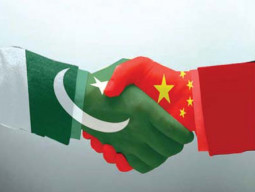
Saffron is one of the few crops of Kashmir valley, which has a dominant share in the entire South Asian region. It is also considered the best in the world because of purity and better taste and has a high demand in national and international markets.
But production has been declining for the last couple of years and growers blame the state government for the sorry state of affairs.
Farmers say few years ago, one hectare of land was giving one kilogramme of saffron, but now the yield has dropped 50 per cent.
Ali Mohammad Dar, a grower from Pampore, said “saffron production largely depends on rains and for the last couple of years weather has remained dry, which has reduced output.” If dry conditions persisted, production would fall further this year, he said.
Growers say they approached the state government several times, asking it to provide water pumps for irrigating saffron fields, but the government installed only a few pumps, which were not enough for the entire farmland. “For every hectare of land, there should be at least one water pump,” Dar said.
According to agricultural experts, Corn-not disease has also affected saffron flowers over the last couple of years, which has brought down overall production. Agricultural scientists should focus more on the fields, instead of agricultural university, they say.
Expressing concern, experts say traders of the valley have started mixing substandard saffron with Kashmiri produce, which is destroying natural purity and quality.
Growers blame the low price of Iranian saffron, available in the valley, for the decline in demand for their produce and ask the state government to impose import duty on Iranian saffron to bring its prices on a par with Kashmiri saffron.
“If the lack of interest on the part of the government continues, time is not far when people will use their saffron fields for other purposes,” a grower feared.
Saffron flowers are mainly planted in Pampore and adjoining areas. However, farmers are converting their fields for residential and commercial purposes, prompting the government to impose a ban on construction work.
Published in The Express Tribune, November 23rd, 2011.

















COMMENTS
Comments are moderated and generally will be posted if they are on-topic and not abusive.
For more information, please see our Comments FAQ